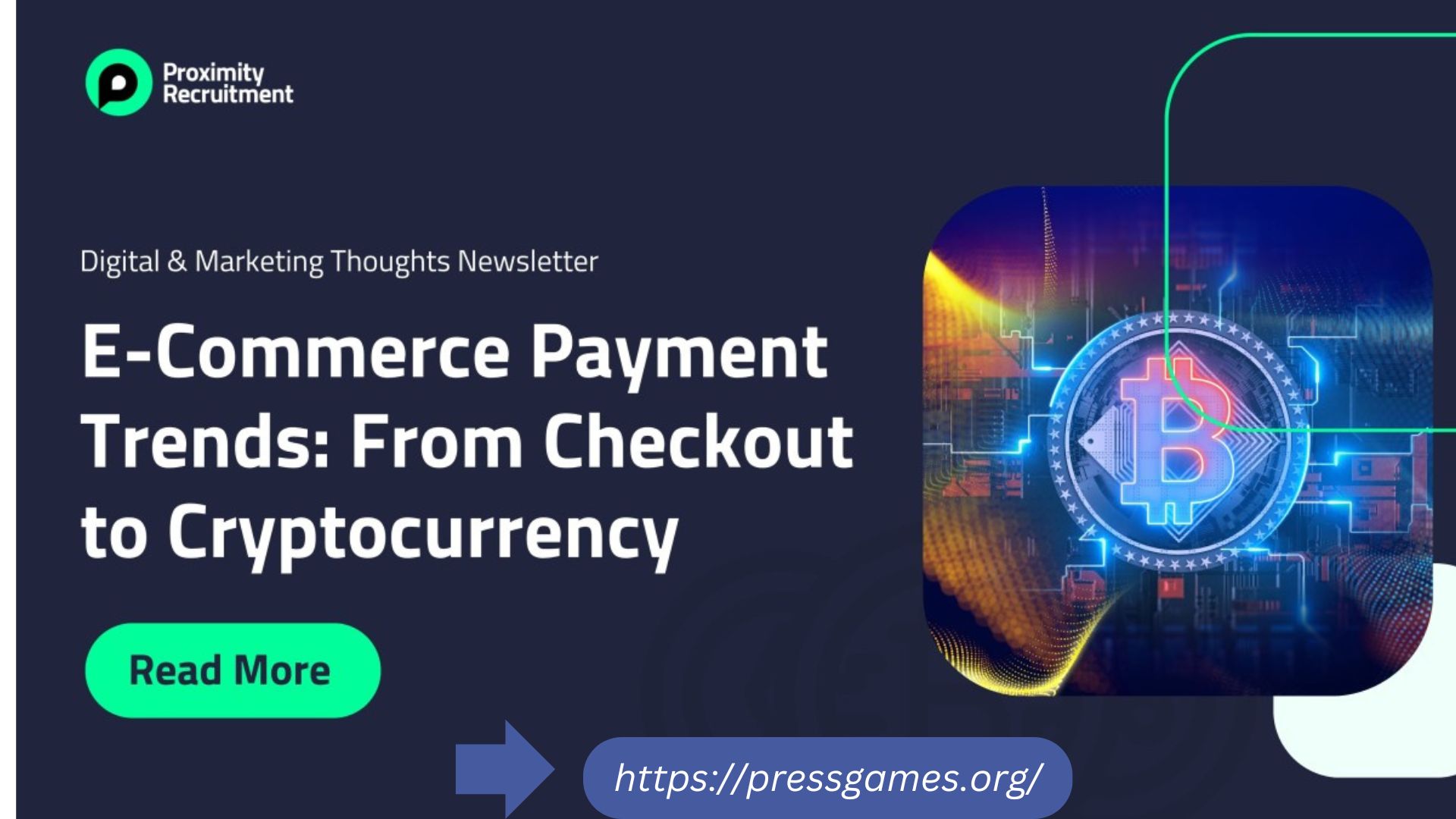Emerging Trends in E-commerce and Digital Payments E-commerce has revolutionized the way we shop, transforming the retail landscape with convenience, variety, and accessibility. Over the years, the industry has experienced rapid growth, driven by technological advancements, changing consumer behaviors, and global connectivity. As we move further into the digital age, several emerging trends are shaping the future of e-commerce and digital payments, promising to make online shopping more seamless, secure, and personalized.
Table of Contents
Mobile Commerce Dominance
Emerging Trends in E-commerce and Digital Payments Mobile commerce, or m-commerce, is rapidly gaining traction as smartphones become more ubiquitous and powerful. Consumers increasingly prefer shopping on their mobile devices due to the convenience and flexibility they offer. Retailers are responding by optimizing their websites for mobile use and developing dedicated mobile apps. Features like mobile wallets, one-click purchasing, and biometric authentication enhance the mobile shopping experience, making transactions faster and more secure.
Moreover, progressive web apps (PWAs) are bridging the gap between mobile websites and native apps. PWAs offer app-like experiences directly through web browsers, ensuring fast load times, offline access, and push notifications without requiring users to download an app. This trend is expected to grow as it provides a cost-effective way for retailers to engage mobile users.
Personalization Through AI and Big Data
Emerging Trends in E-commerce and Digital Payments Artificial intelligence (AI) and big data are transforming e-commerce by enabling highly personalized shopping experiences. Retailers are leveraging AI to analyze vast amounts of data, gaining insights into consumer preferences, behaviors, and purchase history. This data-driven approach allows for personalized product recommendations, targeted marketing campaigns, and customized shopping experiences.
AI-powered chatbots and virtual assistants are also becoming more sophisticated, providing instant customer support and enhancing user engagement. These tools can handle a wide range of tasks, from answering queries and processing orders to offering personalized product suggestions based on user interactions.
Augmented Reality (AR) and Virtual Reality (VR)
Augmented reality (AR) and virtual reality (VR) are revolutionizing the way consumers interact with products online. AR enables shoppers to visualize products in their real-world environment through their smartphones or AR glasses. For example, furniture retailers like IKEA use AR to allow customers to see how a piece of furniture would look in their home before making a purchase.
VR, on the other hand, offers immersive shopping experiences. Consumers can explore virtual stores, try on clothes in a virtual fitting room, or test products in a simulated environment. These technologies reduce the uncertainty associated with online shopping, increasing consumer confidence and satisfaction.
Voice Commerce
Voice commerce is emerging as a new frontier in e-commerce, driven by the popularity of smart speakers and voice assistants like Amazon’s Alexa, Google Assistant, and Apple’s Siri. Consumers can use voice commands to search for products, place orders, and manage their shopping lists. Voice commerce offers a hands-free, convenient shopping experience, particularly for busy consumers and those with disabilities.
Retailers are optimizing their e-commerce platforms for voice search and developing voice-enabled applications to capitalize on this trend. As natural language processing (NLP) technology continues to improve, voice commerce is expected to become more intuitive and widely adopted.
Social Commerce
Social media platforms are becoming powerful e-commerce channels, blurring the lines between social networking and online shopping.Social commerce allows consumers to discover and purchase products directly through social media platforms like Instagram, Facebook, and Pinterest. Features such as shoppable posts, in-app checkout, and influencer collaborations make it easy for users to buy products without leaving the app.
Live streaming commerce, also known as live shopping, is gaining popularity in markets like China and is beginning to make waves globally. Influencers and brands host live video sessions where they showcase products, interact with viewers in real-time, and offer exclusive discounts. This interactive and engaging format drives impulse purchases and builds a sense of community among shoppers.
Cryptocurrency and Blockchain Technology
Cryptocurrency and blockchain technology are poised to disrupt the digital payments landscape. Cryptocurrencies like Bitcoin, Ethereum, and stablecoins offer a decentralized and secure method of payment, reducing reliance on traditional banking systems. Some e-commerce platforms are beginning to accept cryptocurrencies, catering to tech-savvy consumers and expanding their global reach.
Blockchain technology enhances payment security and transparency by creating an immutable ledger of transactions. This reduces the risk of fraud and chargebacks, which are significant concerns for online retailers. Additionally, blockchain can streamline supply chain management, providing real-time visibility and traceability of products from manufacturer to consumer.
Buy Now, Pay Later (BNPL)
The buy now, pay later (BNPL) model is gaining popularity as an alternative to traditional credit cards. BNPL services, offered by companies like Afterpay, Klarna, and Affirm, allow consumers to split their purchases into interest-free installments. This payment option appeals to younger consumers who prefer not to incur credit card debt and appreciate the flexibility of spreading payments over time.
Retailers benefit from BNPL by attracting more customers and increasing average order values. As BNPL services continue to grow, they are likely to become a standard offering in e-commerce checkout processes.
Enhanced Payment Security
As e-commerce grows, so do concerns about payment security. Cybersecurity threats like data breaches and fraud necessitate robust security measures to protect consumer information. Emerging technologies like biometric authentication, tokenization, and secure customer authentication (SCA) are enhancing payment security.
Biometric authentication, including fingerprint and facial recognition, provides an additional layer of security, ensuring that only authorized users can complete transactions. Tokenization replaces sensitive payment information with a unique identifier or token, reducing the risk of data theft. SCA, mandated by regulations like the European Union’s PSD2, requires multi-factor authentication for online payments, further protecting against fraud.
Sustainable E-commerce
Sustainability is becoming a key consideration for consumers and retailers alike. Shoppers are increasingly concerned about the environmental impact of their purchases and are seeking out eco-friendly products and practices. E-commerce companies are responding by adopting sustainable packaging, reducing carbon footprints, and offering carbon-neutral shipping options.
Additionally, some retailers are leveraging technology to promote sustainable shopping behaviors. For example,

